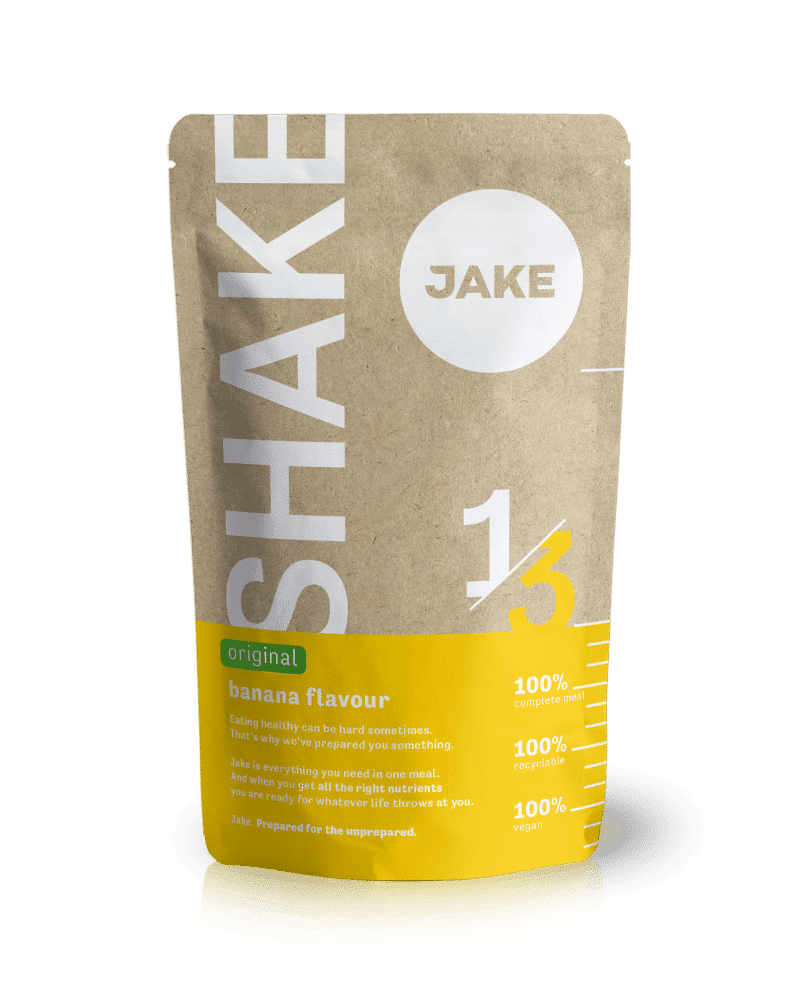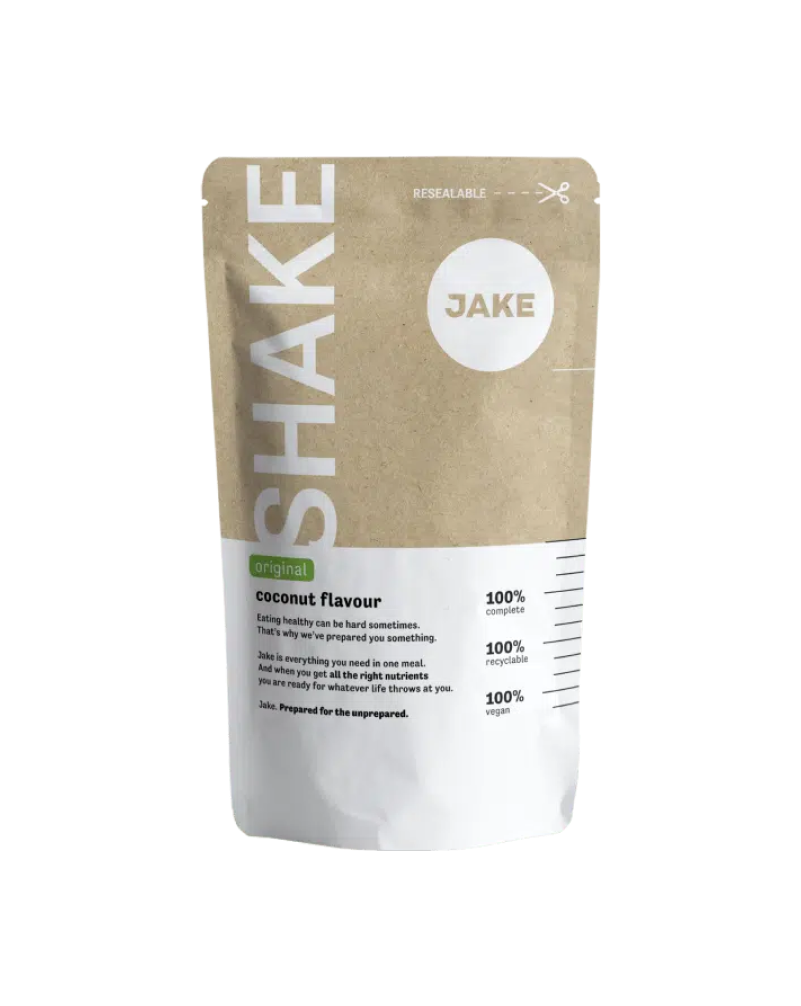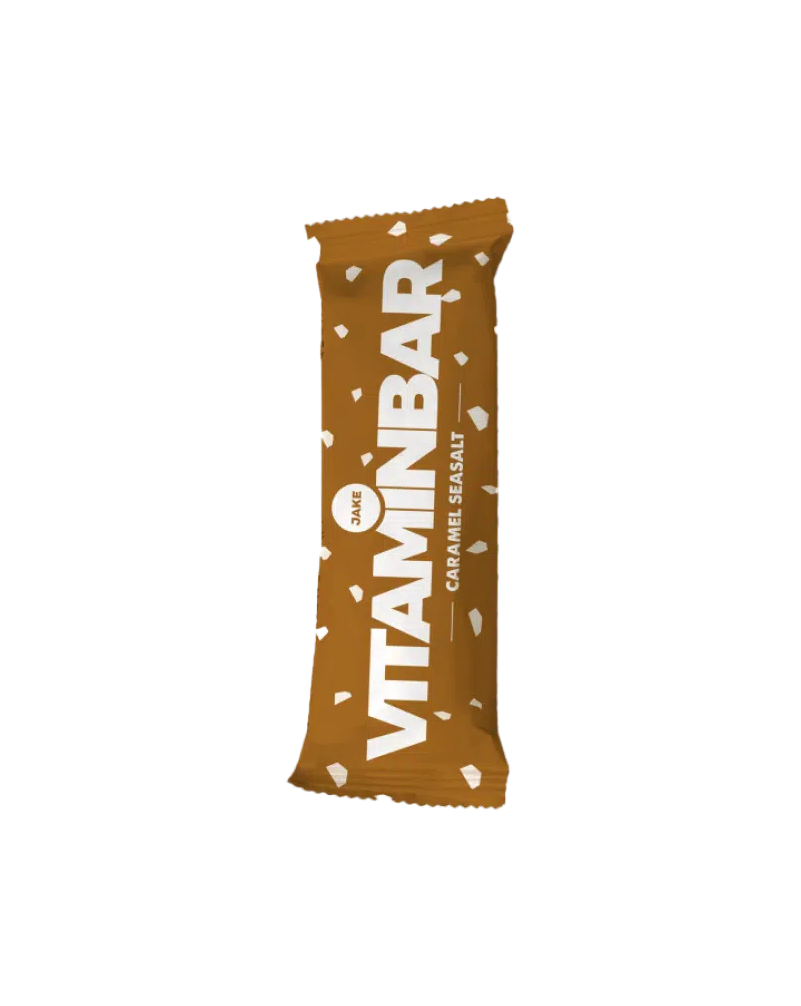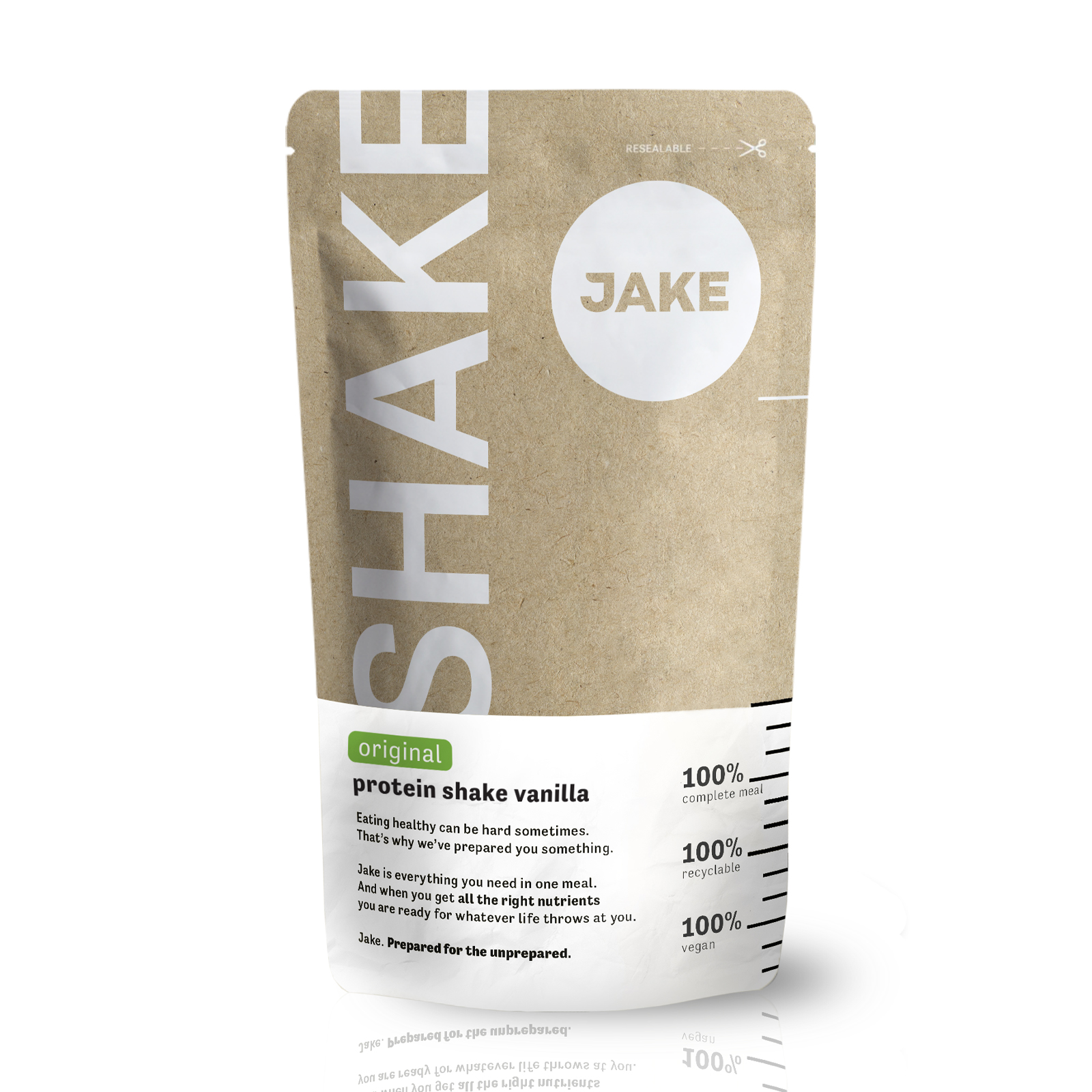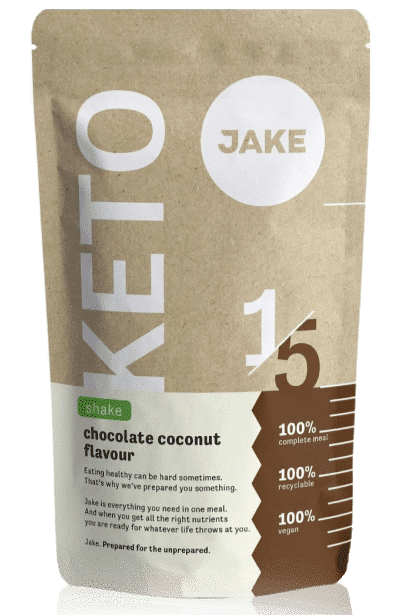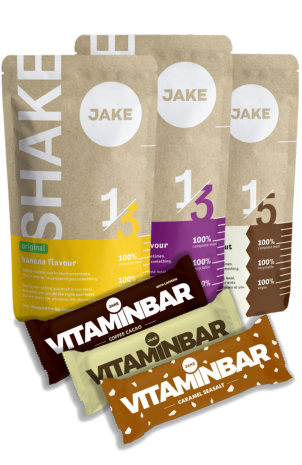
Have you ever eaten so much you felt like you couldn’t stand up straight anymore? Raise your hand if this sounds familiar, it definitely does to me. Normally I can actually contain myself pretty well, but there are these situations, like during Christmas or Thanksgiving…oh boy.
Eating that much makes your stomach happy for a little while, but soon after that, you’ll feel like a tranquillized rhino that just wants to hit the couch and rest. If you know that feeling, you have experienced the much-dreaded food coma. Don’t be embarrassed, we all have.
After a big family feast, it can come in pretty well to have a little food coma so you can excuse yourself from the family stories you’ve heard a thousand times before. But after your everyday lunch at work it’s not really an option to go to sleep, is it? (save the lucky ones that can enjoy siestas – I envy you).
Food comas can zap your productivity fast if you don’t find a way to fight the fog. So, how do we fight a food coma? And what exactly are food comas?
In this two-part article, I’ll break down what food comas are—and what they aren’t—and how you can keep them far far away.
The food coma
The name seems over the top, but food comas are real. Since last year, it’s even in the dictionary. Don’t worry tough, they aren’t actual comas. The term food coma is just the snappy, easier-to-remember name for what scientists call postprandial somnolence: the physiological response to overeating.
As long as people have been wandering the earth, we’ve been uncontrollably stuffing our faces with food every so often. So we have had a lot of time to create urban legends about food comas: We used to think that to help digestion, blood would flow from our brain to our mesenteric vessels to supply our intestines with more oxygen. As a result, we would have less oxygen in our brain, leaving us tired. Not a bad theory, but as studies have shown, it’s not true.
So what does cause the food-induced sleepiness? There are roughly three different mechanisms in our body that join forces that cause a full-fledged food coma:
1. Our autonomic nervous system
When our tummy fills up, our body is signalled that it has to start digestion. Digestion is controlled by the so-called parasympathetic nervous system: the part of our autonomic nervous system that is responsible for the rest-and-digest activities. The autonomic nervous system is what controls what our bodies do subconsciously, like regulating our heartbeat. It’s divided in the parasympathetic nervous system (rest-and-digest) and the sympathetic nervous system (fight-and-flight). Check out this cheat sheet.
The more food you eat, the more the parasympathetic nervous system tells your body to use your energy to focus on digestion. So, the more you will go into the rest-and-digest mode. It’s more of one or more of the other, so when you go into the rest-and-digest mode, you will not be as much in the fight-and-flight mode. You’ll feel relaxed. Perfectly natural.
2. Sleep hormones
There’s more to the story. As our body digests, it converts food to the form of energy that our bodies use as fuel: glucose. It’s a good thing our bodies can produce glucose itself as it needs it to survive. In fact, glucose is the only source of energy our brains use – only in extreme situations like starvation the brain will use alternative fuels. And it uses a lot of it: about 20% of our total energy per day.
Glucose is a very simple form of sugar. It’s absorbed into our bloodstream so it can be transported to all the places in our bodies that need more energy. However, glucose can’t simply leave the bloodstream by itself, it needs insulin to ‘open the doors’ of the places in our bodies that actually need glucose. So, our body starts producing more insulin.
Now, we’ll have a lot of fuel (glucose) in our blood, and insulin to guide the fuel to where it’s needed. Perfect, more energy. However, insulin doesn’t just open the doors to places that need fuel: Insulin also triggers the production of serotonin and melatonin, two neurotransmitters that make you feel sleepy. This is how your body balances your subconscious brain – which decided to focus attention on the rest-and-digest system – with your conscious brain, which is triggered to feel sleepy. Nature is awesome.
3. Sugar crash
Insulin can cause another reaction that makes you want to stop in your place and lay down for a rest. You have probably heard about it already: the SUGAR CRASH. The sugar crash is pretty nasty, it can make you feel weak, irritable, sweaty, shaky and even… hungry!
The sugar crash is caused by eating a lot of (bad) sugars. As I just said, when we eat, our body converts the food we eat to glucose and then the glucose is absorbed into our blood. Sugar is converted to glucose very fast, so the amount of glucose in our blood (we call this: blood sugar) will suddenly rise very quickly after eating a sweet meal. High blood sugar is dangerous, so our body starts producing a lot of insulin to get it out of the blood and into our cells.
Sometimes we create so much insulin to battle the rising level of glucose in our blood, that our blood sugar actually starts dropping way too low. The glucose is our fuel, so when we are suddenly left without our fuel… we CRASH. Yugh.
1+2+3 = The perfect storm
Let’s sum it up. After you’ve had a large meal your body focusses its energy on digesting your food(1) and during digestion the production of sleep hormones is triggered(2), making you feel sleepy. Then if you’ve eaten a lot of simple sugars during your little feast, third aspect of a food coma – the sugar crash(3) – kicks in.
The sugar crash is the nastiest of all three. Whilst the first two are just your body deciding to focus its energy more on digestion – a sugar crash is an actual energy drain. When these three forces combine, you are out of luck. There is no stopping the great force of three. You have just eaten yourself into the perfect storm. Sweet dreams!
Sweat dreams? No way, José. Food won’t bring us down, we are smarter than our tummy. So how can we avoid or at least lighten the food comas dreaded symptoms? See part 2: How to beat a food coma!
Afraid to miss out on essential nutrients your body needs? You can always take our Jake meal replacement shakes or one of our delicious meal replacement bars.
